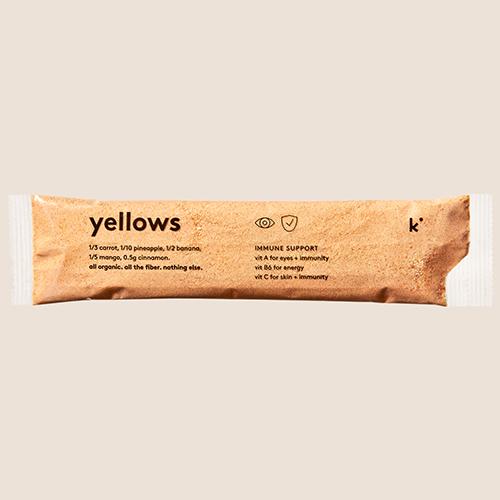The most hydrating fruits and veggies
Much ado is made over hydration these days – particularly during the warmer summer months – but did you know that you don’t necessarily have to drink your way to the perfect electrolyte balance?
In the early 2000s, a certain global sports drink company launched a television ad campaign depicting hard-toiling athletes, totally spent at the end of a grueling workout, dripping with sweat. The kicker? The sweat was brightly hued, and dripping from the athletes’ pores in the colors of the most popular flavors of said sports drink.
These commercials were absolutely ubiquitous – at least in the United States – and surely resulted in millions of bottles of that ubiquitous sports drink being sold, but the overall sentiment one feels while watching them is “wow, that person is sweating out neon, glowing, toxic goo.”
This blog isn’t meant to knock this – or any – sports drink. There’s room for every food and beverage in a balanced diet and hey, sometimes you just want to drink the blue or yellow liquid after a hard gym session (or more realistically, a long night out).
But we do want to point out that there are other ways to rehydrate, including one manner which we wholeheartedly and shamelessly endorse: eating fresh fruits and vegetables. They might taste better, provide more overall nourishment, and almost certainly won’t result in your sweat turning a shocking purple color.
More on water in food
Water is found in basically everything we eat – although in particularly dry or dehydrated foods, that quantity can be quite miniscule. But over the course of a given day, we can get as much as ⅕ of our bodies’ required water intake just from the foods we eat. Another 10% of the water our bodies use is derived as a byproduct of digestion, so the remaining 70% has to be consumed as liquids.
(How much water you should drink daily varies a ton from person to person, but for most adults, aiming for between 8 and 10 cups a day is the guideline. So 7 or so of those cups will likely come from liquids.)
As for how the water gets into food, we’ll quickly touch on that, too.
For animal products, it’s as simple as that animal having consumed water, and that water was disseminated to all of the animal’s cells.
For most land-based plants, which the vast majority of fruits and veggies come from, water is taken in from the ground via the roots, up through the rest of the plant via “pipes” called xylem, and into cells – like fruit cells – via osmosis. Evolutionarily, sweet, juicy fruit is more likely to be consumed, which means that plant’s seeds are more likely to… um… be scattered.
Fruits & veggies with the highest water content
Of course, the actual water content of each individual piece of fruit will vary. (Have you ever peeled what you thought would be a plump, juicy orange, only to bite into the first slice and have it taste bone-dry? Sorry for conjuring that sensation, if so!) But in general, these fruits and veggies are going to have extraordinarily high percentages of their mass made of up water.
When you think of hydrating produce, a fruit like the appropriately named watermelon likely comes to mind, right? Not a bad impulse – watermelon is a very hydrating fruit! But you might be surprised to learn that many of the most-water-filled foods are actually vegetables that don’t really scream “juicy.”
The following fruits and veggies are all over 90% water:
Cucumber
Iceberg lettuce
Celery
Radishes
Romaine lettuce
Tomato
Zucchini
Asparagus
Bell pepper
Cabbage
Cauliflower
Mushroom
Spinach
Strawberries
Watermelon
Other factors that go into hydration
What kind of hydration-themed blog post would we be writing if we didn’t give a big shoutout to electrolytes?
We’ve written extensively about them in the past, but as a very quick refresher, electrolytes are minerals that are dissolved in bodily fluids like blood, sweat, and urine, forming positive or negative ions which are used in crucial metabolic processes. In terms of hydration, electrolytes like sodium are essential for maintaining fluid balance in cells, via a process called osmosis.
In addition to sodium, other common electrolytes we get through diet include:
potassium
calcium
bicarbonate
magnesium
chloride
phosphate
It’s also worth mentioning that glucose has been shown to play a supporting role in the absorption of sodium.
What this means for you – an avid consumer of fruits and veggies – is that unless you’ve been sweating heavily all day, chances are you’ll be able to adequately rehydrate yourself just by drinking water regularly and eating plenty of plants – including veggies with a dash of salt, no sports drink required. (Of course sports drinks and other hydration products are generally fine to consume, and might even be necessary depending on all sorts of factors, like your level of daily activity.)
there's more good content where that came from
